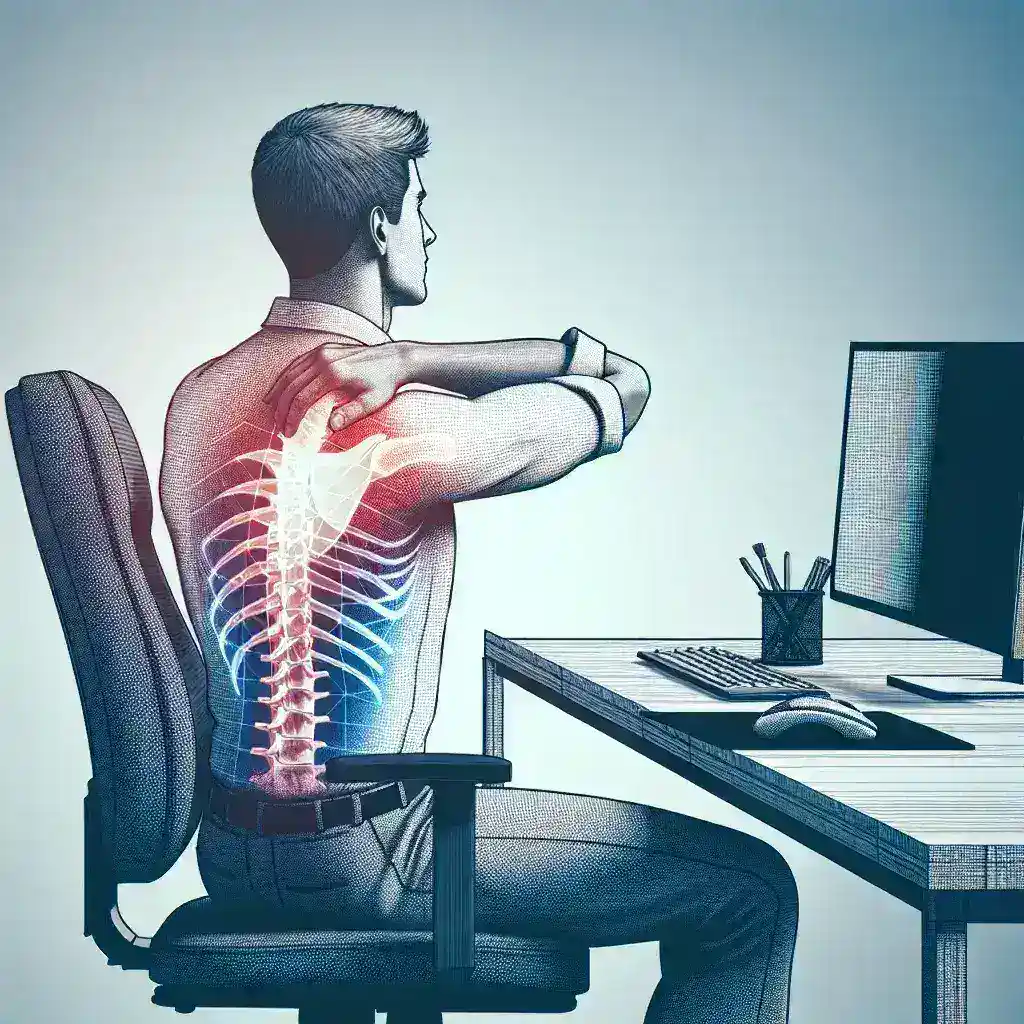Introduction
In today’s digital age, many individuals spend hours at their desks, leading to common ailments like shoulder and back strain. As we adopt technology-driven lifestyles, it’s crucial to consider how our workspace can influence our physical well-being. One accessory that has gained traction in addressing these issues is the ergonomic mouse pad. But can ergonomic mouse pads genuinely alleviate shoulder and back strain? This article delves into the anatomy of ergonomic mouse pads, their benefits, and how they can positively impact our daily comfort.
Understanding Ergonomic Mouse Pads
Ergonomic mouse pads differ from standard mouse pads in design, materials, and functionality. These specialized mouse pads emphasize proper hand and wrist positioning, aiming to minimize strain caused by prolonged computer use. Below is a comparison of traditional mouse pads versus ergonomic options:
| Feature | Traditional Mouse Pads | Ergonomic Mouse Pads |
|---|---|---|
| Cushioning | Minimal cushioning | Enhanced cushioning, often with wrist support |
| Shape | Flat | Contoured to fit the wrist and forearm |
| Material | Standard fabric or plastic | Memory foam or gel that conforms to the wrist |
| Design | No specific design for ergonomics | Designed to promote comfort and reduce strain |
How Ergonomic Mouse Pads Help with Shoulder Strain
Shoulder strain can stem from poor arm positioning and repetitive strain injuries caused by extended mouse use. Here’s how ergonomic mouse pads may provide relief:
- Proper Alignment: Ergonomic mouse pads promote a neutral wrist posture, which indirectly supports shoulder positioning. When the wrist is aligned properly, the entire arm can function more effectively.
- Reduced Muscle Fatigue: The cushioning in ergonomic mouse pads can alleviate pressure points, reducing fatigue in the shoulder muscles.
- Encouragement of Movements: A well-designed ergonomic mouse pad can encourage regular shifts in posture and movement, which is essential for muscle health.
Impact on Back Strain
Back strain often results from a combination of factors, including the chair height, desk level, and mouse placement. Here’s how ergonomic mouse pads play a role:
- Optimal Hand Positioning: By ensuring the mouse is at the right height and angle, ergonomic mouse pads can prevent stretching or twisting movements that lead to back discomfort.
- Promoting Good Posture: When the shoulders and arms are comfortable thanks to an ergonomic mouse pad, individuals are more likely to maintain a relaxed and upright position, which contributes to overall back health.
- Reducing Repetitive Movements: Ergonomic mouse pads can reduce wrist and shoulder movements necessary for mouse operation, decreasing the risk of strain.
The Connection Between Ergonomics and Health
Ergonomics revolves around designing workspaces and tools that fit the worker’s needs, enhancing comfort and efficiency while minimizing the risk of physical issues. An ergonomic mouse pad is just one component of a holistic ergonomic setup.
Benefits of Ergonomic Mouse Pads
Investing in an ergonomic mouse pad can bring several advantages to those experiencing shoulder and back strain. Here are some significant benefits:
- Enhanced Comfort: These mouse pads often come with gel or foam cushioning that provides an added comfort layer, making long hours at the desk far more bearable.
- Improved Productivity: By reducing discomfort, workers can concentrate more on their tasks, resulting in heightened productivity.
- Long-Term Health Benefits: Regular use of ergonomic mouse pads may help prevent chronic issues related to poor posture and repetitive motion injuries.
- Variety of Designs: Ergonomic mouse pads come in diverse shapes and sizes, including those with wrist support, allowing users to choose an option that best suits their needs.
Choosing the Right Ergonomic Mouse Pad
Selecting the right ergonomic mouse pad requires careful consideration of various factors to ensure maximum benefits:
1. Size and Shape
Choose a mouse pad that fits your work environment. Larger pads provide more surface area for movement, while smaller ones are portable for travel.
2. Material
Look for mouse pads made with high-quality materials like memory foam or gel. These options provide adequate support without compromising comfort.
3. Surface Texture
Consider the surface texture of the mouse pad. A smooth surface is ideal for optical sensors, while a rough surface offers more control for high-precision tasks.
4. Wrist Support
Many ergonomic mouse pads feature built-in wrist support. Ensure that this support aligns correctly with your wrist for optimal benefits.
Best Ergonomic Mouse Pads on the Market
To help you make an informed choice, here’s a list of some of the best ergonomic mouse pads currently available:
| Product | Key Features | Price Range |
|---|---|---|
| 3M Gel Mouse Pad | Gel-filled wrist support, easy to clean | $15 – $25 |
| Kensington Duo Gel Mouse Pad | Dual gel support, comfortable surface | $20 – $30 |
| HyperX FURY S Pro | Anti-fray stitching, versatile sizes | $15 – $35 |
| Logitech MX Ergo Mouse Pad | Secure wrist support, durable construction | $30 – $45 |
Integrating Ergonomic Practices in the Workplace
While using an ergonomic mouse pad is a positive step to alleviate strain, it’s essential to adopt other ergonomic practices at your workstation. Here are some tips:
- Adjust Your Chair: Ensure your chair supports your lower back, and the height allows your feet to rest flat on the floor.
- Monitor Position: Your computer monitor should be at eye level to prevent neck strain.
- Desk Height: The desk should allow your elbows to remain at a 90-degree angle while typing or using the mouse.
- Take Frequent Breaks: Incorporate regular breaks to stretch, move around, and relieve tension.
Conclusion
In conclusion, ergonomic mouse pads can indeed help alleviate shoulder and back strain. They promote better positioning, enhance comfort, and ultimately contribute to improved productivity. However, it’s essential to recognize that an ergonomic mouse pad is one component of a comprehensive ergonomic workspace. By integrating additional ergonomic practices and utilizing the right tools, individuals can create a healthier work environment that minimizes discomfort and enhances overall well-being.

